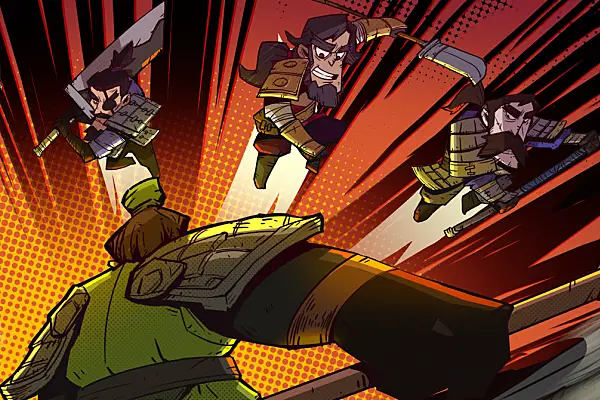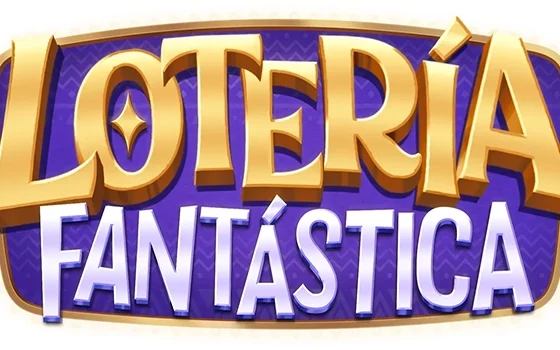A Poor Period Piece
When creating a period piece, it is of the utmost importance to exhibit a certain level of respect for the period involved. A little affinity never hurt either, but I digress. This is where the newly developed android strategy game Tactical Three Kingdoms confounds me so. The use of traditional Chinese instruments really brought the era of the Han dynasty to life, the architecture and landscapes were beautifully drawn, and the outfits were all stylish yet accurate. Alas, there are just as many areas where it seems no forethought was bothered to be had whatsoever. The astonishing nature with which the game espoused extensive historical knowledge one moment, only to promptly light it on fire the next moment, was enough to inflict whiplash.
The most egregious offense was the downright historical revisionism taking place. For some unfathomable reason, developer Newland Canada chose to represent the peasants and rice field laborers who comprised the Yellow Scarf Rebellion, as savage, arson-loving scum. While the bloodthirsty, corrupt generals of the Han Empire are all heroic protagonists the player collects and trains. Were this not a video game review, I could go on for ages about the implications of vilifying and portraying an abused working class rebelling against a corrupt imperialist government as faceless inhuman zombies in something as benign as a chess-like mobile game only 100,000 people will ever see, but I will summarize and simply say: It’s super weird and I have so many questions.
Also, all the characters’ names are anglicized which is so random, intrusive, and out-of-place. Imagine doing battle with Zhou Jin and everyone in the party inexplicably called them Zachary.

Sam Todd‘s Art of War
Android strategy RPG Tactical Three Kingdoms employs a turn-based fight system, much like your standard chess-adjacent strategy games. Although, it offers a few mechanics that spice things up. One selling point is the collectable characters’ unique abilities –each with their own buff/debuff effect– that can be combined during battle. Unfortunately, the player seems to have no control over their use. They activate seemingly at random mid-battle, leading one to wonder what the point of having them is.
It can be hard for turn-based character-placement-focused battle to stay fresh, but Tactical Three Kingdoms tries to keep it varied with the occasional environmental mechanic. Things such as imminent falling rocks the party must avoid/lure enemies underneath do a wonderful job of breaking up the monotony. I would have liked to see this tactic expanded upon, as it was sparsely used and desperately needed.

Interminable Tacticianing
The game’s page boasts “tons of gameplay modes!”, such as endless waves and online PvP. However, the gameplay in each mode is virtually the same. Every turn, the player moves each character in the party on the board and takes an action if an enemy is in range. Then, the enemy team does the same until every party member of one team is dead. You can do this many ways: in real-time with another player, in an endless mode where enemies spawn until you’re overwhelmed, and even a mode where every enemy is replaced with exotic animals.
Tertiary game modes aside, the story mode by itself demands its own paragraph for –if nothing else– the extremely bold choice of formatting all dialogue into Comic Sans. You’d think in a game whose art is as heavily stylized as this, the text would be more aesthetically pleasing. Maybe something evoking ink strokes on parchment? Something? Anything? Nope. Unfortunately, the devs seem to think the old Microsoft mainstay is good enough.
The actual story? Largely forgettable. There were a few rib ticklers in there, don’t get me wrong, but anything that wasn’t a passable attempt at a joke just sank like a rock in my hippocampus. The dialogue was rigid and sterile. Story sequences took the form of short visual novel scenes before and after every battle. Everything comes off as stilted and a little soulless. Each scene follows a basic formula: set the scenery, stating the enemy’s actions, an interpersonal quip and onto the battle. Staying invested was not an easy task. It was, in fact, not a task I accomplished.

Cast of Colorful Characters
The real draw of the game stems from its gatcha-esque character rolling system. You roll for characters based off famous generals from the Han Dynasty through the Three Kingdoms era. Players level up these characters with resources earned from beating levels in certain game modes. The most effort by far is put into designing totally unique and interesting characters in an admittedly stand-out art style. So, naturally, collecting characters and building your own team is the most rewarding and engaging aspect of Tactical Three Kingdoms.
Leveling up your team requires materials which can be gained from playing different game modes, so building a strong team means really immersing yourself in everything the game has to offer. Most typical mobile games feature some sort of in-app purchase to speed up leveling, so I enjoyed taking time to slow down and really earn my levels.
In fact, I didn’t notice any of the usual “freemium” game tactics. There are no push-notifications, no in-game ads, no real need to use the in-game store at all. I never found myself running low enough on resources or funds to hinder gameplay. I never had to put down my device to wait for something to recharge in order to keep playing. It was a thing of beauty.
With all this in mind, Tactical Three Kingdoms for android certainly left an impression on me. With its simplistic battle system, font choices, lack of ads, cool aesthetics and awful revisionist history, this period piece falls just below average.
Is it Hardcore?
No.
An average strategy game toys with greatness, but ultimately falls flat. Stale gameplay and Comic Sans makes for a recipe to avoid at all costs.


























